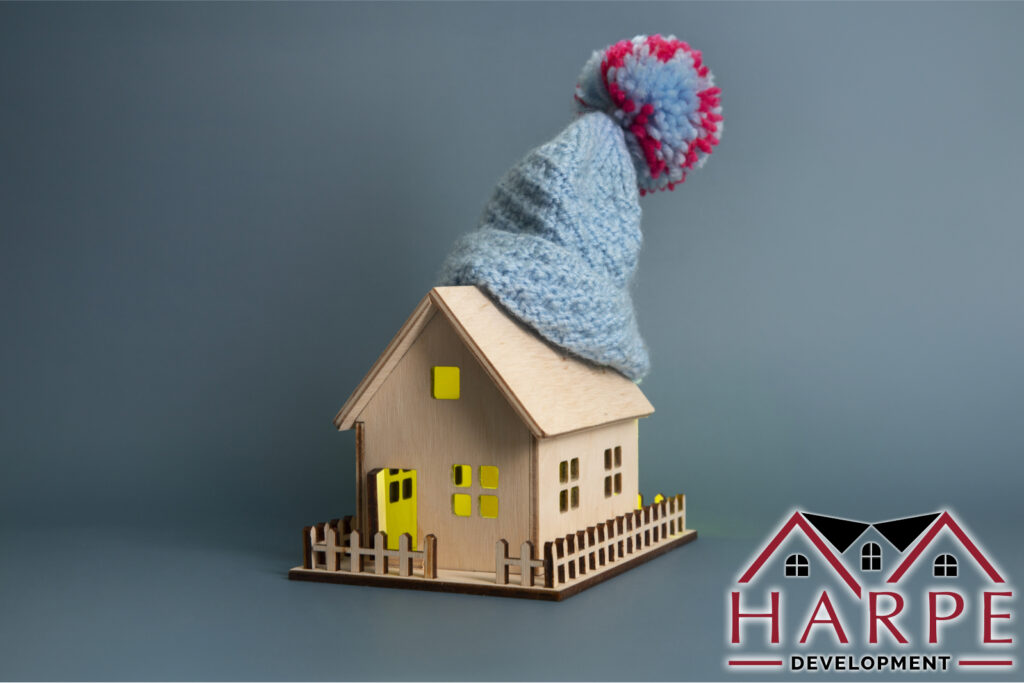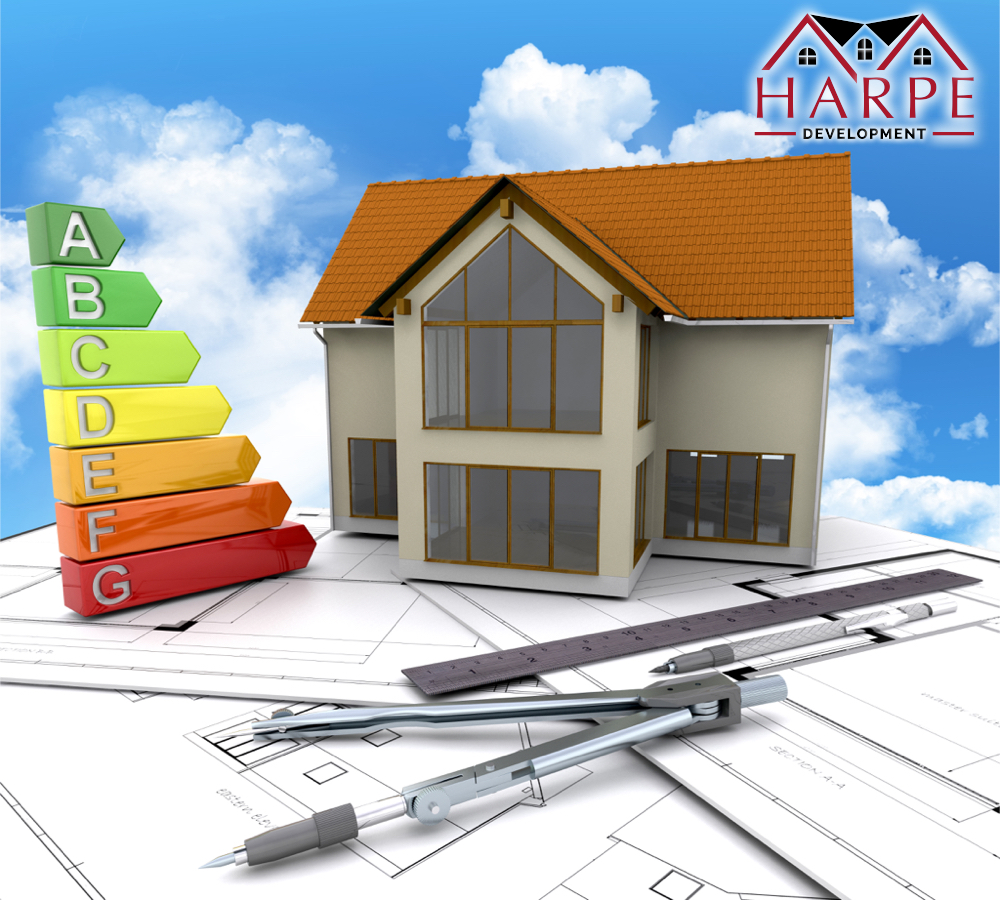Understanding Your Insulation Options: Comparing Batt, Blown, and Spray Foam Insulation
Written By Dustin Harpe
When it comes to insulating your home, making the right choice can significantly impact energy efficiency, comfort, and cost savings. With various insulation options available, it’s essential to understand the differences between batt insulation, blown insulation, and spray foam insulation. In this blog post, we will compare these three popular insulation materials, examining their characteristics, benefits, and considerations. By gaining insight into each option, you can make an informed decision that best suits your home’s insulation needs.
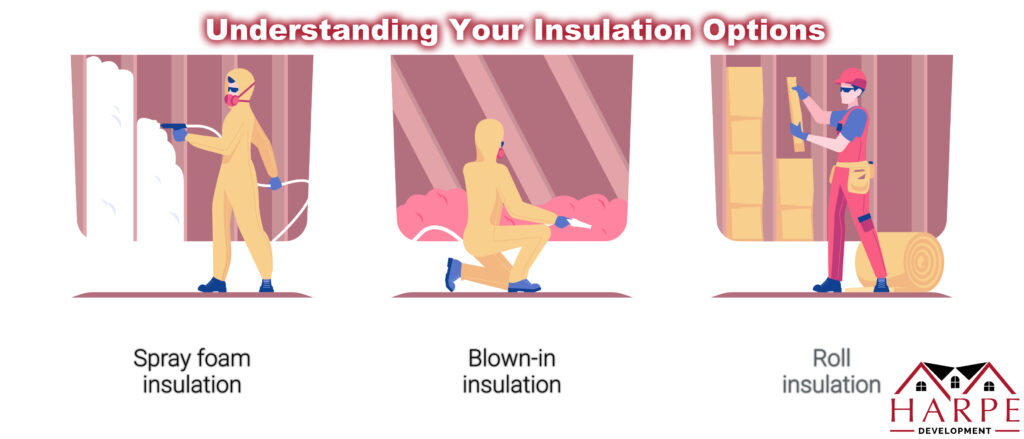
Batt Insulation:
Batt insulation, also known as fiberglass insulation, is one of the most common types of insulation used in residential construction. It consists of long, flexible fibers made from glass, which are typically pink or yellow in color. Batt insulation comes in pre-cut rectangular sheets or rolls, making it easy to handle and install. It offers good thermal resistance, effectively reducing heat transfer and improving energy efficiency. However, batt insulation may require careful installation to prevent gaps or compression, which can compromise its effectiveness.
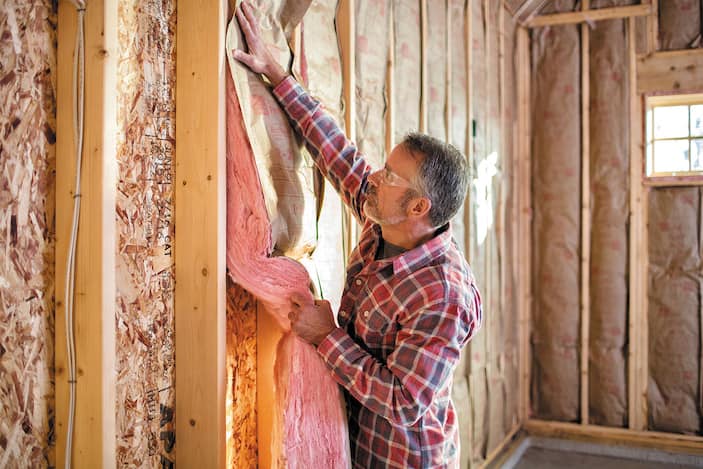
Blown In Insulation:
Blown in insulation, also known as loose-fill insulation, is made up of small particles of cellulose, fiberglass, or mineral wool. It is installed using a blowing machine that evenly distributes the material throughout attics, wall cavities, or hard-to-reach areas. Blown insulation is highly effective at filling gaps, voids, and irregularly shaped spaces, providing excellent coverage and thermal resistance. It also offers soundproofing properties and is resistant to mold, pests, and fire. However, professional installation is recommended to ensure proper coverage and avoid settling or compacting over time.
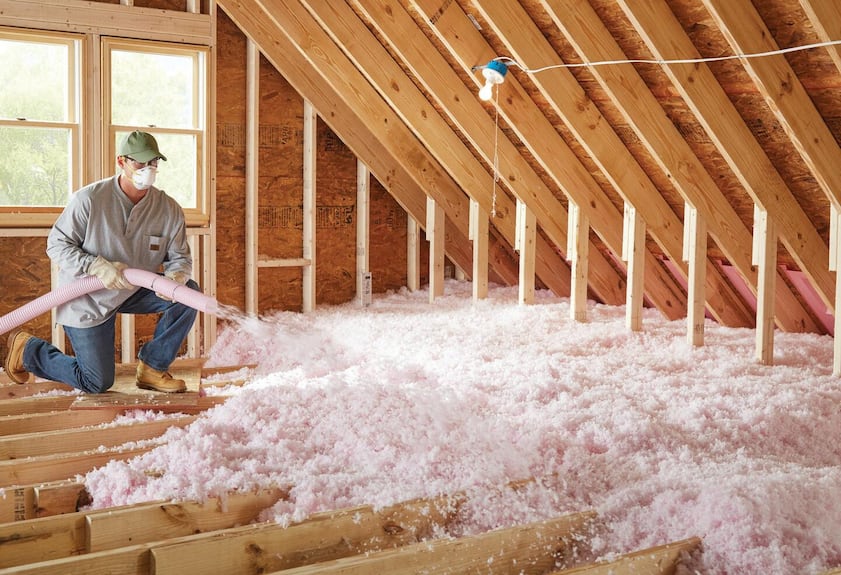
Spray Foam Insulation:
Spray foam insulation is a two-component mixture that forms an expanding foam when applied. It is made from a combination of isocyanate and polyol resin, which react when sprayed onto surfaces. Spray foam insulation expands to fill gaps and crevices, creating a seamless, airtight barrier with excellent thermal resistance. It offers the highest R-value (a measure of thermal resistance) among insulation materials, providing superior energy efficiency and reducing air leakage. However, professional installation is crucial as the process requires specialized equipment and expertise.
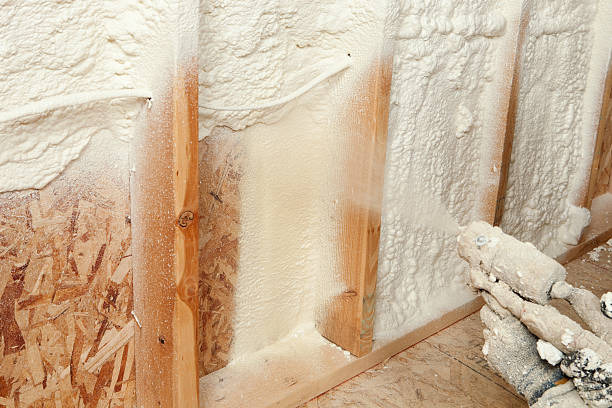
Considerations for Selection:
When choosing insulation for your home, several factors should be considered. Batt insulation is affordable and relatively easy to install, making it a popular choice for DIY projects. Blown insulation is ideal for hard-to-reach areas and irregularly shaped spaces, ensuring complete coverage. Spray foam insulation offers the highest thermal performance and air sealing capabilities, making it suitable for energy-efficient homes or areas with extreme temperatures. However, it is typically the most expensive option and requires professional installation.
At Harpe Development we deploy all three insulation methods to our home standard. Our walls are filled with batt insulation, the box sills (area in between floors where the floor joists are) are filled with spray foam insulation and we use R-50 blown in insulation for the attic. We believe this is the most cost-effective way to get the most energy efficiency for the money.
Conclusion:
Selecting the right insulation for your home is crucial for energy efficiency, comfort, and cost savings. Bat insulation is a common and cost-effective choice, while blown insulation is ideal for filling gaps and hard-to-reach areas. Spray foam insulation offers the highest thermal performance and air sealing capabilities but comes at a higher cost. By considering factors such as installation method, cost, effectiveness, and your specific insulation needs, you can make an informed decision that will enhance your home’s energy efficiency and overall comfort.
Areas we Service:
- Belgium, Ozaukee
- Big Bend
- Brighton, Kenosha
- Bristol, Kenosha
- Brookfield, Waukesha
- Burlington, Racine
- Caledonia, Racine
- Cedarburg, Ozaukee
- Delafield, Waukesha
- Delavan, Walworth
- Dover, Racine
- Eagle, Waukesha
- Elkhorn, Walworth
- Franklin, Milwaukee
- Fredonia, Ozaukee
- Genesee, Waukesha
- Genoa City, Walworth
- Germantown, Washington
- Grafton, Ozaukee
- Hartford, Washington
- Hartland, Waukesha
- Jackson, Washington
- Kenosha, Kenosha
- Lake Geneva, Walworth
- Lannon, Waukesha
- Menomonee Falls, Waukesha
- Mequon, Ozaukee
- Merton, Waukesha
- Mount Pleasant, Racine
- Mukwonago, Waukesha
- Muskego, Waukesha
- New Berlin, Waukesha
- North Prairie, Waukesha
- Norway, Racine
- Oak Creek, Milwaukee
- Oconomowoc, Waukesha
- Paddock Lake, Kenosha
- Pewaukee, Waukesha
- Pleasant Prairie, Kenosha
- Polk, Washington
- Port Washington, Ozaukee
- Racine, Racine
- Randall, Kenosha
- Raymond, Racine
- Richfield, Washington
- Rochester, Racine
- Salem, Kenosha
- Silver Lake, Kenosha
- Slinger, Washington
- Somers, Kenosha
- Sugar Creek, Walworth
- Sturtevant, Racine
- Summit, Waukesha
- Sussex, Waukesha
- Trenton, Washington
- Twin Lakes, Kenosha
- Union Grove, Racine
- Vernon, Waukesha
- Wales, Waukesha
- Waterford, Racine
- Waukesha, Waukesha
- West Allis, Milwaukee
- West Bend, Washington
- Wheatland, Kenosha
- Yorkville, Racine

